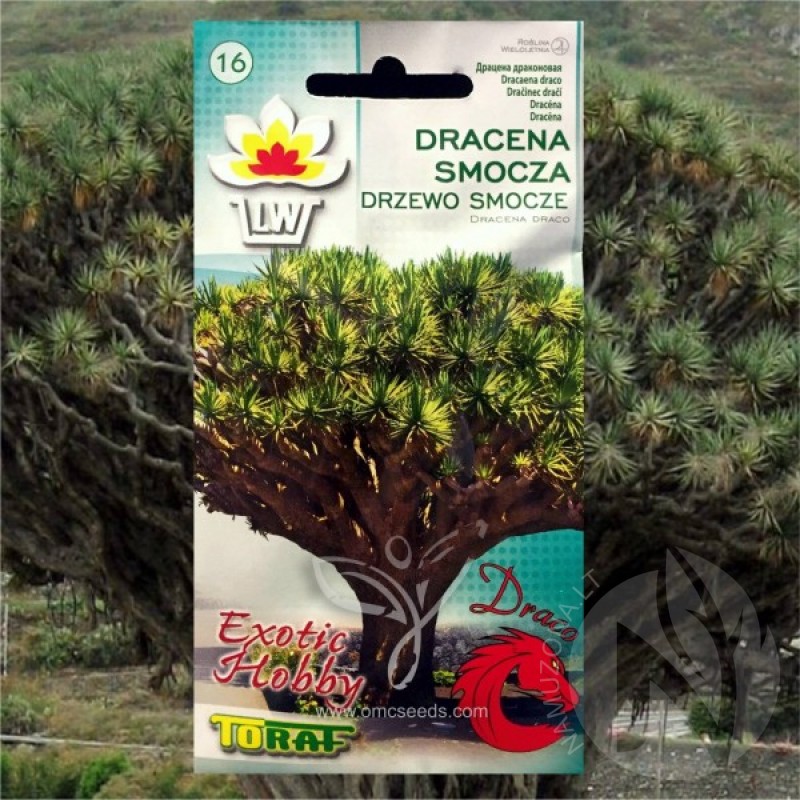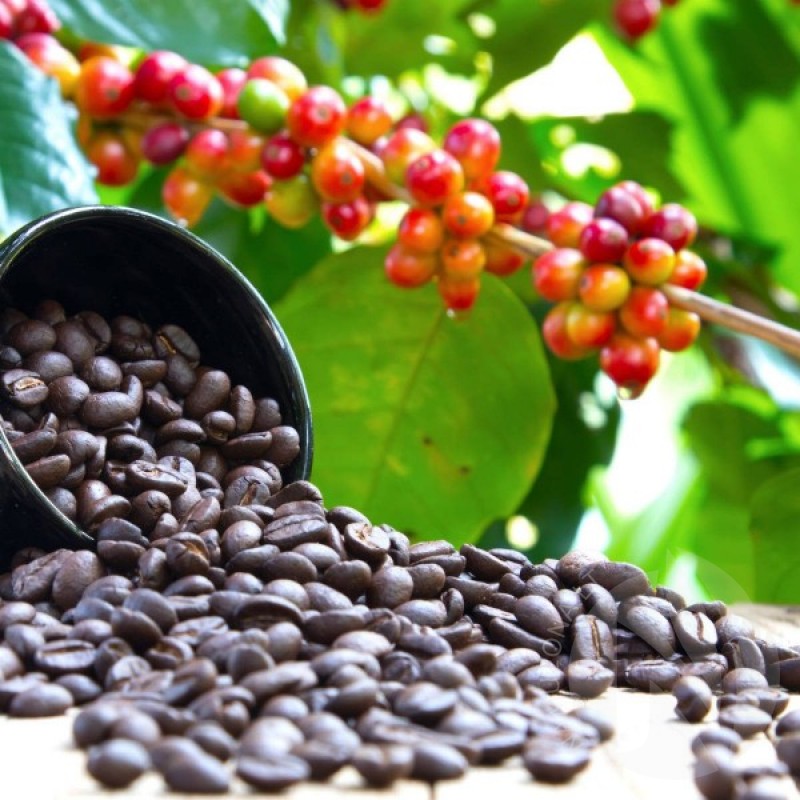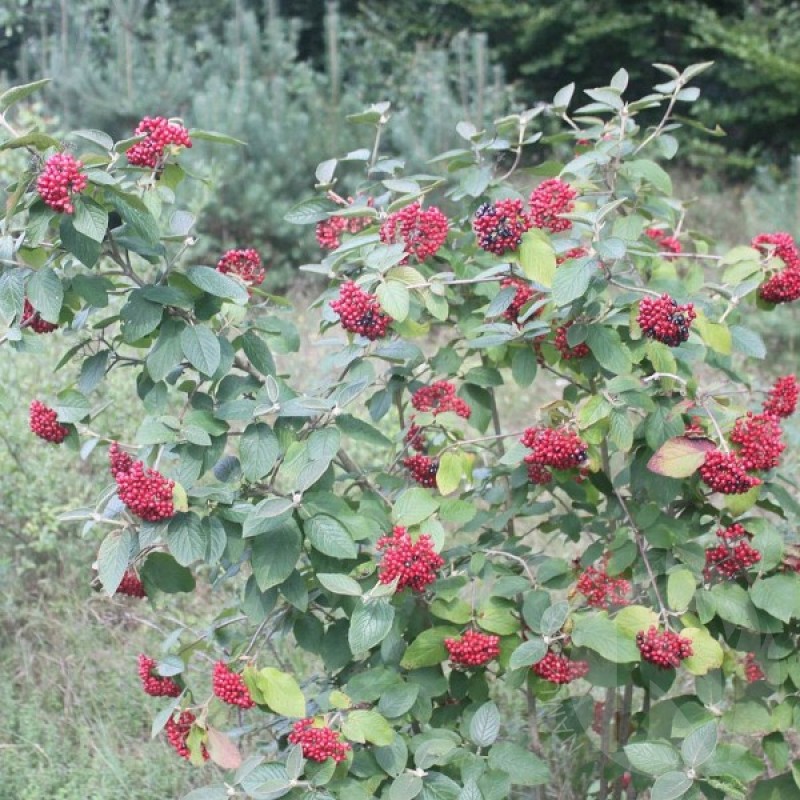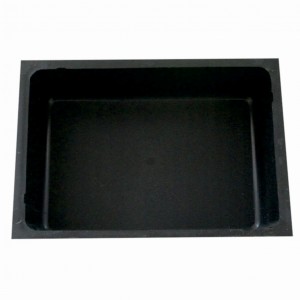







PAY ATTENTION!
All seeds (except SOLD OUT) are available for immediate shipping and will be dispatched within 1-2 business days.
INFORMATION NEEDED? PLEASE CONTACT US NOW!
Few eastern American landscape trees reach great heights as quickly as the tulip or yellow poplar.
This remarkably fast-growing tree is also substantially strong-wooded and long-lived (one of the oldest known specimens exists in the Great Smoky Mountains National Park and is believed to be over 500 years old). It has an upright trunk, develops a pyramidal or oval canopy and has a broad distribution—from Ontario down to the American South. Young trees are quite shade tolerant, so they can withstand the low light of the forest understory. This pioneer species also populates old fields in solid stands. Its valuable lumber is construction grade and used for plywood, pulp and veneer.
Tulips poplars have some of the most distinctive leaves of any tree. They are large, medium green and lyre-shaped and turn shades of yellow in fall. Aphids are attracted to the leaves and ants tend to them and eat their honeydew. Equally unique tulip-shaped chartreuse and orange flowers appear in spring or early summer. They are pollinated by bees and other insects. Conical, brown, woody, aggregate fruits mature by fall and often remain on the trees into winter before they shatter and their elongated seeds fall to the ground.
Tulip poplar is a hugely adaptable tree. It grows in all sorts of soils, though it prefers rich, well-drained soils with a slightly acid to neutral pH, and will withstand low-light when young, though it grows best in full sun. It may drop twigs, particularly in inclement weather, and the aphids that favor its leaves drop sticky honeydew, so don’t park your car under it in summer. The mildew also causes the leaves to develop sooty mold on the surface.
Genus - Liriodendron
Species - Tulipifera
Common name - Tulip Poplar
Pre-Treatment - Required
Hardiness zones - 5 - 9
Height - 60'-90' / 18 - 30 m
Spread - 35'-50' / 10 - 15 m
Plant type - Tree
Vegetation type - Deciduous
Exposure - Full Sun, Partial Sun
Growth rate - Fast
Soil PH - Acidic, Neutral
Soil type - Clay, Loam, Well Drained
Water requirements - Average Water
Landscape uses - Feature Plant, Shade Trees, Street Trees
Bloom season - Late Spring
Leaf / Flower color - Green / Orange, Light Yellow
GERMINATION INSTRUCTIONS
1. You should count how many seedlings you want and buy seeds accordingly - even in the nature seeds have a very low germination rate.
2. Stratify the seeds. Wrap the seeds in moist paper towels, and place the packets of seeds into small plastic bags. Place the bags into the refrigerator for eight to twelve weeks. Check on them weekly once you reach the initial eight week period, and remove any seeds that have sprouted.
3. Prepare the containers for the seeds. Tulip poplars have very long taproots, and require containers that are very deep. Fill the containers with nutrient rich potting soil.
4. Plant the seeds. Dig out small depressions no more than a half an inch deep and insert one seed per hole. Water them in well, but do not allow the soil to become boggy. Place the container in a sunny location.
5. Assess the seedlings. The tulip poplar seedling can be transplanted once they grow a set of true leaves after the seed leaves. Exercise caution when transplanting the seedlings, as any damage to the taproot could cause the tree to die. (info source: eHow.com)
No questions about this product.














But I will return to you in the future with new orders!
Thank you and good luck!